1. The Business Plot of 1933
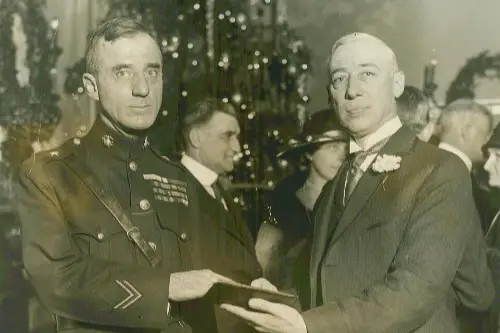
In the early 1930s, a group of wealthy businessmen allegedly tried to overthrow President Franklin D. Roosevelt and install a fascist-style government. The conspirators supposedly wanted retired Marine Corps Major General Smedley Butler to lead their coup. Butler went public instead, testifying before Congress and exposing the plan. Despite the explosive nature of the claims, no one was prosecuted, and the story quietly faded from the headlines.
It’s worth including because it shows how close the U.S. might have come to an anti-democratic takeover—something that’s rarely mentioned in history books. The idea of corporate elites plotting against a sitting president sounds like fiction, yet it nearly happened. Historians still debate how serious the threat was, but the congressional committee did find “credible evidence” of the attempt. It’s a reminder that democracy has always been more fragile than we like to think.
2. The Wilmington Coup of 1898
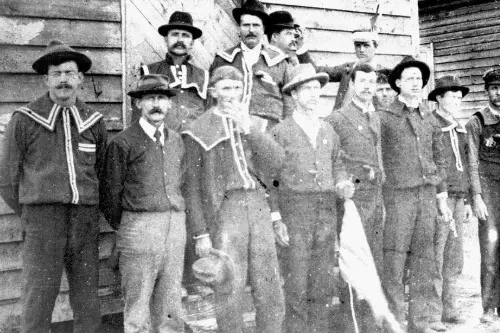
In 1898, a violent white mob overthrew the legitimately elected, racially integrated government of Wilmington, North Carolina. Armed insurgents destroyed Black-owned businesses, killed an unknown number of Black residents, and forced city leaders to resign. It was the only successful coup d’état on U.S. soil. Afterward, white supremacist leaders rewrote local laws to ensure permanent political dominance.
This event is crucial because it exposes how democracy was actively dismantled in the South after Reconstruction. For decades, it was described in textbooks as a “race riot,” not a coup. Only recently have historians and local officials begun calling it what it truly was—a planned act of domestic terrorism. Remembering Wilmington forces a reckoning with how violence upheld white supremacy long after slavery ended.
3. Operation Northwoods
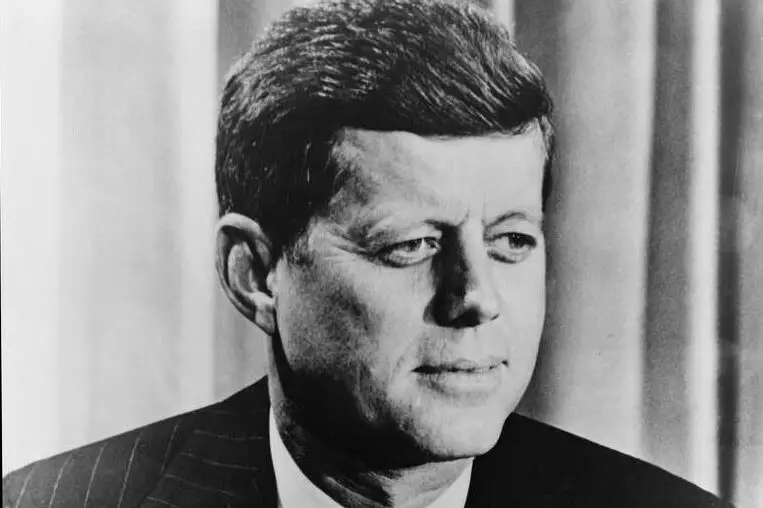
In 1962, U.S. military leaders proposed staging false-flag terrorist attacks to justify invading Cuba. The plan included sinking boats of Cuban refugees and faking the hijacking of U.S. planes. President John F. Kennedy ultimately rejected the proposal, but the documents were real and later declassified. The mere fact that such a plan existed shows how extreme Cold War thinking had become.
Operation Northwoods belongs on this list because it blurs the line between defense strategy and moral collapse. It reveals how fear of communism pushed American officials to consider manipulating their own citizens. The plan’s exposure decades later shocked historians and the public alike. It’s one of those stories that feels like conspiracy theory—until you read the official memo.
4. The Tuskegee Syphilis Study
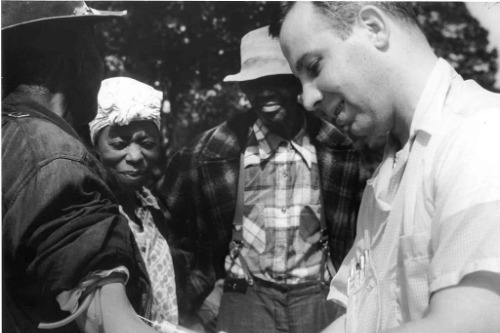
From 1932 to 1972, the U.S. Public Health Service secretly conducted an experiment on hundreds of Black men in Alabama who had syphilis. They were never told they had the disease, nor that they were being denied treatment—even after penicillin became available. The government let them suffer and die to study the illness’s effects. When the truth came out in the 1970s, it caused national outrage and led to new ethics rules for medical research.
It’s a scandal America would rather forget because it shatters trust in public institutions. The men believed doctors were helping them, not using them. Generations later, the fallout still shapes medical mistrust in Black communities. It stands as one of the clearest examples of systemic racism in American science.
5. The Iran-Contra Affair
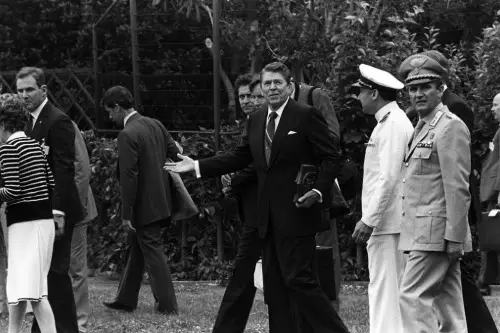
During the 1980s, officials in the Reagan administration secretly sold arms to Iran—despite an embargo—to fund anti-communist rebels in Nicaragua. Congress had banned U.S. support for the Contras, but the White House found a backdoor. When the story broke, it revealed a tangled web of covert operations and shredded constitutional limits. Several key figures were convicted, but many had their sentences overturned or were later pardoned.
Iran-Contra matters because it showed how executive power could be abused under the guise of patriotism. The administration operated as if laws didn’t apply to them. It also marked a turning point in public cynicism about government transparency. The scandal has all but disappeared from casual conversation, but it shaped modern distrust in U.S. foreign policy.
6. The Ludlow Massacre
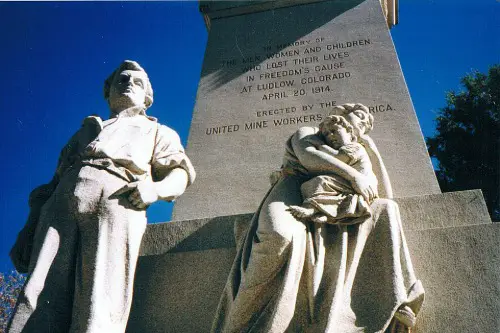
In 1914, striking coal miners and their families were attacked by the Colorado National Guard and private guards hired by the Rockefeller-owned Colorado Fuel and Iron Company. Tents were burned, and at least two dozen people were killed, including children. The massacre followed months of brutal labor disputes over wages and working conditions. It became one of the bloodiest labor conflicts in U.S. history.
The Ludlow Massacre highlights the dark side of industrial capitalism in America. For decades, labor organizers cited it as proof that corporations would literally kill to crush unions. Yet today, it’s barely mentioned outside labor history circles. Remembering Ludlow is essential to understanding why workplace protections and unions mattered so deeply to working-class Americans.
7. The Bonus Army Crackdown
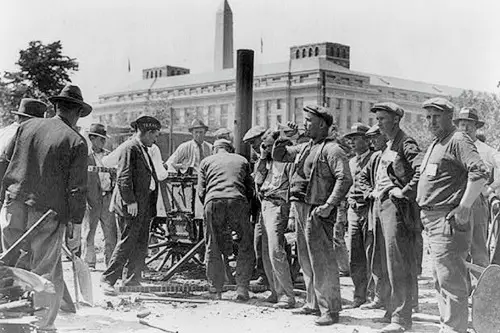
In 1932, thousands of World War I veterans marched on Washington, D.C., demanding early payment of promised bonuses. The government responded by sending in troops led by General Douglas MacArthur, who used tear gas and set fire to the veterans’ encampment. Several people were killed, and hundreds were injured. The public was horrified, but the Hoover administration downplayed its responsibility.
This scandal deserves attention because it shows how the government turned on its own heroes during the Great Depression. These were men who had fought for their country and were now desperate for relief. Instead of compassion, they got tanks and bayonets. The event helped doom Hoover’s presidency, yet it’s rarely discussed in classrooms today.
8. The CIA’s MK-Ultra Program
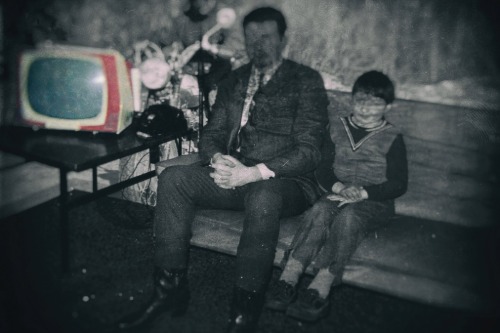
Between the 1950s and 1970s, the CIA ran secret experiments to explore mind control, often using LSD on unsuspecting subjects. Many of the test subjects were psychiatric patients, prisoners, or civilians who never gave informed consent. The program’s goal was to find ways to manipulate behavior for espionage purposes. Most records were destroyed in 1973, and the survivors never received full justice.
MK-Ultra makes this list because it represents government overreach at its most dystopian. The idea that U.S. agencies dosed people with hallucinogens without permission is nightmarish. It also fueled decades of mistrust toward intelligence operations. The whole affair reads like science fiction—but it really happened.
9. The Japanese American Internment
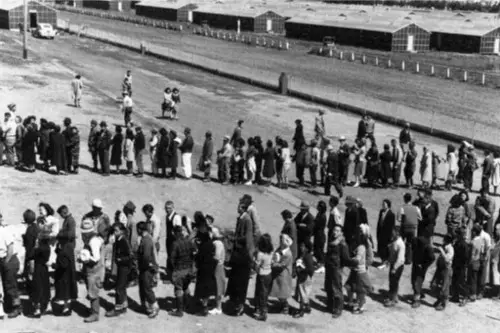
After Pearl Harbor, more than 120,000 Japanese Americans—most of them citizens—were forcibly relocated to internment camps. They lost homes, businesses, and years of their lives behind barbed wire. The government claimed it was for “national security,” but no cases of espionage were ever proven. Decades later, the U.S. officially apologized and offered reparations.
It’s easy to relegate this to a dark chapter of wartime history, but the echoes remain relevant. The internment shows how fear and racism can override constitutional rights in moments of crisis. Many Americans still don’t realize how widespread and systematic it was. It stands as a warning against sacrificing liberty for security.
10. The FBI’s COINTELPRO
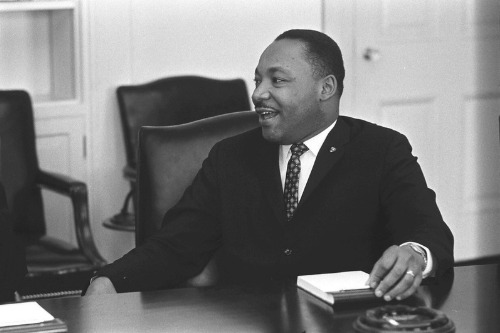
From the 1950s to the 1970s, the FBI ran a covert program to infiltrate and disrupt activist groups, including civil rights organizations and anti-war movements. Martin Luther King Jr. was among those targeted, with the Bureau even sending him threatening letters. Agents spread disinformation, staged conflicts, and tried to discredit legitimate movements. The operation only came to light after activists broke into an FBI office in 1971.
COINTELPRO is crucial to remember because it shows how easily surveillance can become oppression. The program framed dissent as treason, blurring the line between national security and political control. It’s an uncomfortable truth about how power defends itself. Even today, echoes of COINTELPRO can be seen in debates over government monitoring and protest movements.
11. The Watergate Burglaries’ Forgotten Predecessor
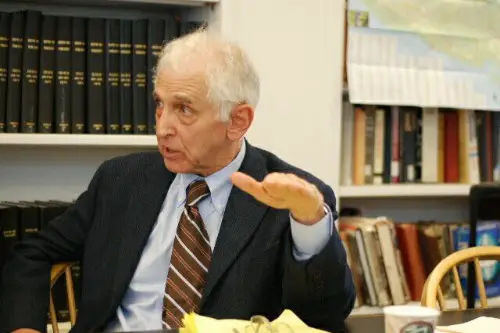
Before the Watergate scandal exploded in 1972, there was an earlier burglary known as the “Ellsberg break-in.” Nixon’s “Plumbers” unit broke into the office of Daniel Ellsberg’s psychiatrist to find dirt on him after he leaked the Pentagon Papers. This smaller break-in set the stage for the later Watergate crimes. Yet it’s often overshadowed by the main scandal.
The Ellsberg incident matters because it reveals how deep the paranoia ran in the Nixon White House. It wasn’t just about political spying—it was about punishing those who exposed uncomfortable truths. Without it, Watergate might never have escalated as it did. It’s an early warning sign of how power corrodes ethics once secrecy takes hold.
12. The MOVE Bombing in Philadelphia
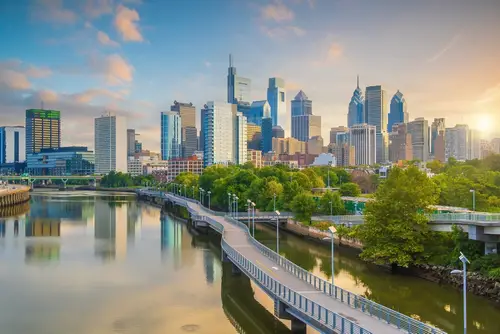
In 1985, Philadelphia police dropped a bomb on a row house occupied by members of the Black liberation group MOVE. The explosion started a fire that destroyed more than 60 homes and killed 11 people, including five children. Officials defended the decision as a tactical response, even as the city burned. No one was criminally charged for the deaths.
This tragedy belongs on the list because it’s one of the clearest examples of state violence against its own citizens. A major U.S. city effectively waged war on a residential neighborhood. The fact that it happened in the 1980s—not the 1880s—makes it even more shocking. It’s an event most Americans have never heard of, but it should haunt the national conscience.
This post 12 Historic Scandals America Pretends Never Happened was first published on American Charm.


